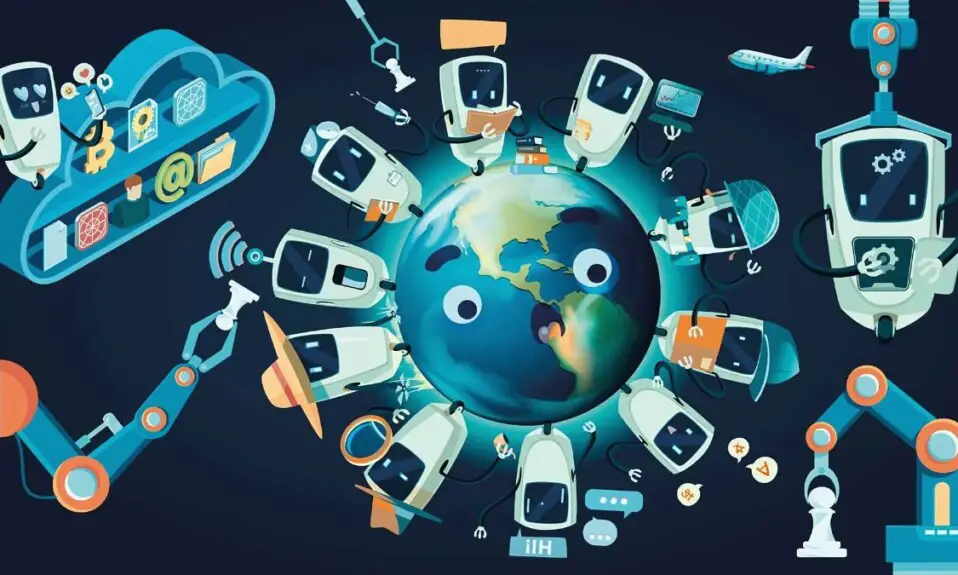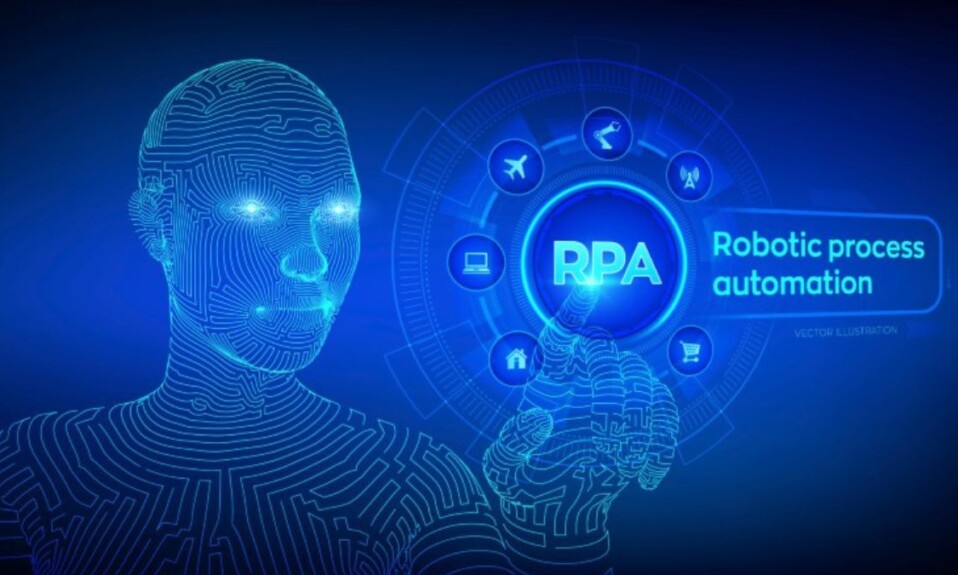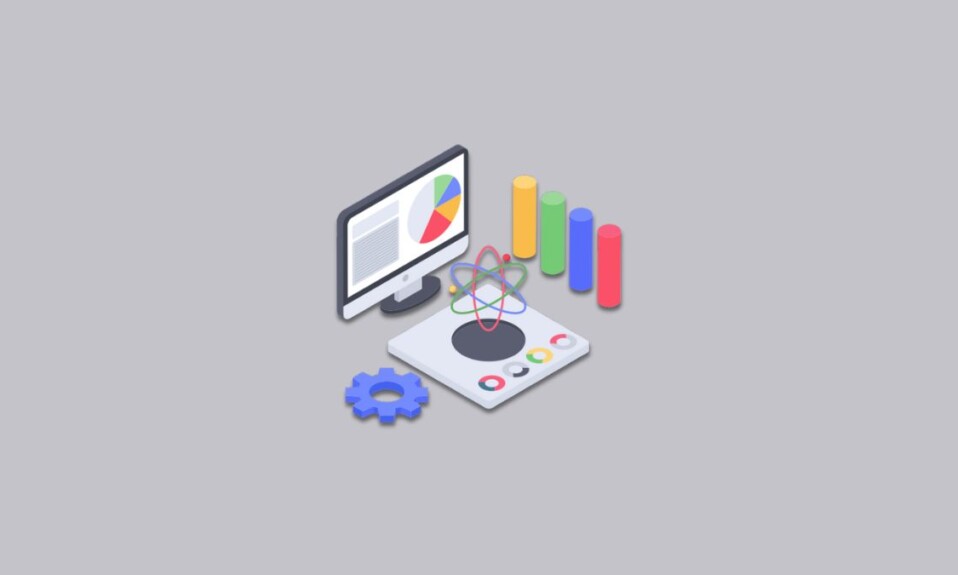
RPA and AI are relatively new concepts for us. We, humans, are responsible for the creation of several things that we see all around us. We have built towering heights of buildings as well as submarines that can dive into the deepest parts of the ocean. In this article, we’ll talk about the basic differences between RPA and AI.
Scientists, to this day, have yet to create a sentient brain that can function in a human once the biological brain ceases to work. However, scientists have created brains that function much faster than a human in the form of AI (Artificial Intelligence.) On the other hand, scientists introduced Robotic Process Automation as a system that can pull off simulated human behavior.
Basic Differences Between RPA and AI
Scientists have brought about phenomenal changes in human lifestyle over the years. Additionally, they have improved the standard of living through revolutions in medicine, finance, education, information technology, and many more walks of life.
Given below are a few differences between Robotic Process Automation (RPAs) and Artificial Intelligence (AI):
1. Thinking and Mimicking Capability
Robotic process automation is software that allows a human to automate a manual process. Robotic process automation is not capable of intelligent thought. The robotic system comprises a predetermined set of rules and behavioral patterns that have been pre-specified.
It uses business rules and patterns as instances and choreographs its moves based on the execution of those combined processes, analysis, and transactions. In this way, it produces human-like behavior to do or complete a task.
AI, on the other hand, takes into account cognitive automation. This means a simulation of a brain’s functions through various processes like machine learning, reasoning, hypothesis creation, analysis of the same, language processing, and detecting mutations in patterns to enhance analytics.
This, in turn, facilitates work and behavior at par with or above human capabilities. Thus, we can say that AI can think for itself.
2. Process-Driven and Data-Driven
Every process that an RPA automates has been predefined by processes set in order by a human. Everything an RPA does is explicitly programmed by a human beforehand so that the robot knows what to do. Thus, an RPA is best for executing rule-based highly repetitive tasks where the processes are of utmost importance.
If a process isn’t properly defined beforehand, the robotic process automation cannot fill the gaps, resulting in an error message. In contrast, in the case of AI, it builds its processes based on the data it observes and analyzes. With the influx of more and more data into its systems, AI aims at becoming more intelligent over time, solving problems quickly, and coming up with better solutions.
If quality data is fed to an AI, it can become extremely efficient and work without human interference. AI itself easily fills the gaps in the ordering of programs and inputs, thereby making it quite self-sustaining.
3. Creation
Being user-defined, Robotic Process Automation (RPA) can follow orders and sequences that are predetermined. RPAs follow the rules and paths already set for them and work with those to produce quality results.
On the other hand, AIs are intelligent and can pick up tones from the conversation, as well as understand emotions. They are intelligent enough to compile all the data they have received and create something unique to the extent of calling it a creation.
Having the ability to think for themselves, Artificial Intelligence (AI) can solve problems at an alarmingly fast rate, providing solutions hardly ever seen before or thought of. RPA and AI have these basic differences that set them apart by a long shot.
4. Judgments and Decision Making
RPA mainly focuses on performing specified tasks and replacing human efforts with its own. In contrast, AI or artificial intelligence keeps a record of previously completed tasks and analyzes it to improve its subsequent tasks.
Thus, AI can make judgments based on advanced analytics and can make flawless decisions with minimal faulty logic. Judgments derived from analyzing past data are often groundbreaking, and such behavior cannot be expected from Robotic Process Automation.
5. Which is More Interactive Between RPA and AI?
Robotic Process Automation works hand in hand with AI when human interference is minimal. Robotic process automation mainly schedules emails, taking into account the timestamps at which the emails are sent out.
AI, on the other hand, seamlessly produces hour-long Spotify playlists found in your “Songs you might like” section and videos on YouTube in your recommended section. Based on the songs you listen to and the genre of videos you watch, AI generates content that you would continue to enjoy.
Thus, depending on the kind of data we feed to AI, this innovative content varies. This demonstrates that AI is interactive, while RPA is not.
6. Brain and Brawn
RPAs can also enable the auto-replying of emails once an email reaches you with the help of AI. The RPA opens the email and then transfers it to the AI for processing. AI then analyzes the natural language in the email and gains an understanding of its content and the tone of speech used.
Then, the AI generates an appropriate reply to the email and sends it over to the RPA. The latter, in turn, sends the email. Although they have different preferences and work methods, RPA and AI are designed to work hand in hand. In the process, AI acts as the brain, and RPA acts as the brawn.
Conclusion
Despite their differences, RPA and AI are the perfect soul and vessel to achieve sentience. Projects involving a combination of the two are on a rapid rise, and soon, we can expect to see some magnificent changes in our life and society as a result. I hope the article has helped you in understanding these concepts better.









